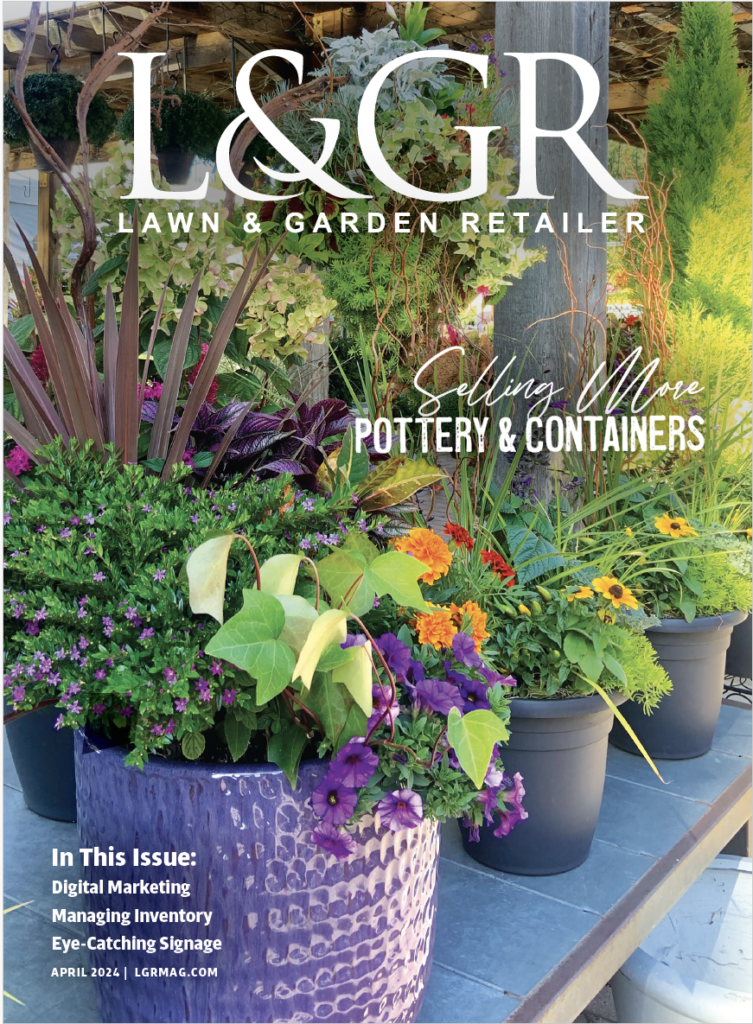
‘Honorine Jobert’ Selected Perennial Plant of the Year
Anemone ‘Honorine Jobert’ is the 2016 Perennial Plant of the Year. Plants are clump-forming and erect. The long wiry stems make the plant look airy and graceful. ‘Honorine Jobert’ attains heights of up to 4 feet, although most of the time it is a 3-foot beauty. Flowers are intense bright white with a green center surrounded by a corolla of yellow stamens. In late summer, 2- to 3-inch flowers of ‘Honorine Jobert’ explode from dainty pink, silvery buds into petaloid-shaped flowers. The striking flowers are enhanced by the uniquely attractive trifoliate dark green textural foliage that stays attractive from spring to fall. The anemone is a very low maintenance plant. It can be grown in sun or in partial shade. In warm climates it should definitely be in partial shade with protection from wind. Be aware to plant only in early spring or fall.
In any location, the plant thrives in humus-rich soil that is welldrained but moisture retentive. It does not tolerate wet, poorly-draining soils in winter. In colder climates, mulch establishing plants. Soils should not be allowed to become dry. The foliage will burn in hot, dry locations. Eventually the spreading rhizomes will be happy to colonize your garden. ‘Honorine Jobert’ grows in USDA Zones 4 to 8. It seems to flourish without insect or disease problems and deer do not seem to browse this plant.
The best time to propagate is winter or spring. In winter they are usually propagated by root cuttings and in spring by division. ‘Honorine Jobert’ goes well with many other annuals and perennials. Since ‘Honorine Jobert’ flowers into autumn the bright white plant stands out in the landscape and provides accents to the deeper gold, orange, and red colors of the fall garden. They can be charming companion plants with hostas and ferns and countless annuals. Classic plants stand the test of time. This plant more than fills that requirement. For more information, visit www.perennialplant.org.


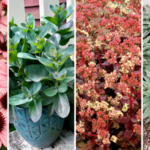
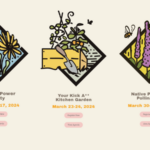


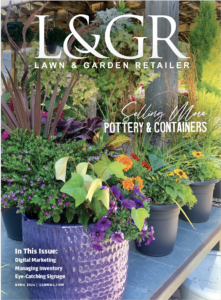
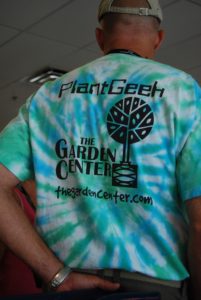
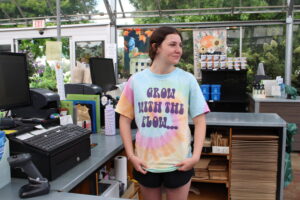

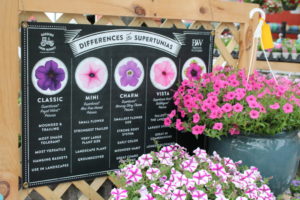

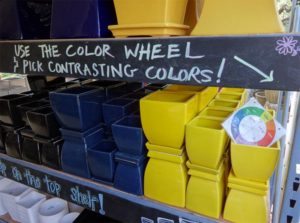
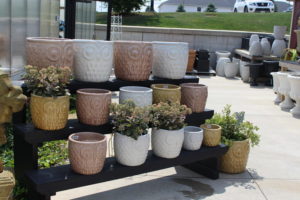
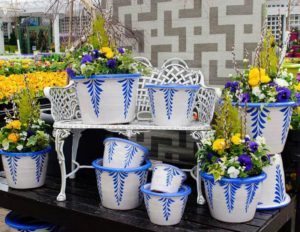

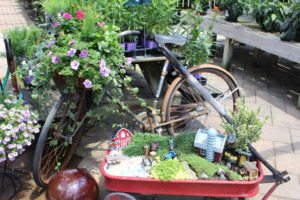
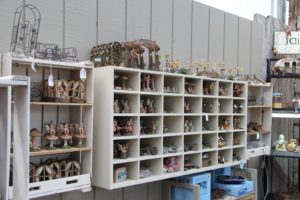
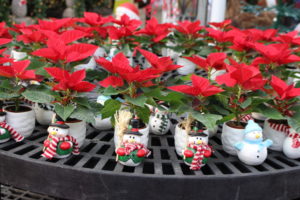
 Videos
Videos




